Citibank 2013 Annual Report Download - page 211
Download and view the complete annual report
Please find page 211 of the 2013 Citibank annual report below. You can navigate through the pages in the report by either clicking on the pages listed below, or by using the keyword search tool below to find specific information within the annual report.-
 1
1 -
 2
2 -
 3
3 -
 4
4 -
 5
5 -
 6
6 -
 7
7 -
 8
8 -
 9
9 -
 10
10 -
 11
11 -
 12
12 -
 13
13 -
 14
14 -
 15
15 -
 16
16 -
 17
17 -
 18
18 -
 19
19 -
 20
20 -
 21
21 -
 22
22 -
 23
23 -
 24
24 -
 25
25 -
 26
26 -
 27
27 -
 28
28 -
 29
29 -
 30
30 -
 31
31 -
 32
32 -
 33
33 -
 34
34 -
 35
35 -
 36
36 -
 37
37 -
 38
38 -
 39
39 -
 40
40 -
 41
41 -
 42
42 -
 43
43 -
 44
44 -
 45
45 -
 46
46 -
 47
47 -
 48
48 -
 49
49 -
 50
50 -
 51
51 -
 52
52 -
 53
53 -
 54
54 -
 55
55 -
 56
56 -
 57
57 -
 58
58 -
 59
59 -
 60
60 -
 61
61 -
 62
62 -
 63
63 -
 64
64 -
 65
65 -
 66
66 -
 67
67 -
 68
68 -
 69
69 -
 70
70 -
 71
71 -
 72
72 -
 73
73 -
 74
74 -
 75
75 -
 76
76 -
 77
77 -
 78
78 -
 79
79 -
 80
80 -
 81
81 -
 82
82 -
 83
83 -
 84
84 -
 85
85 -
 86
86 -
 87
87 -
 88
88 -
 89
89 -
 90
90 -
 91
91 -
 92
92 -
 93
93 -
 94
94 -
 95
95 -
 96
96 -
 97
97 -
 98
98 -
 99
99 -
 100
100 -
 101
101 -
 102
102 -
 103
103 -
 104
104 -
 105
105 -
 106
106 -
 107
107 -
 108
108 -
 109
109 -
 110
110 -
 111
111 -
 112
112 -
 113
113 -
 114
114 -
 115
115 -
 116
116 -
 117
117 -
 118
118 -
 119
119 -
 120
120 -
 121
121 -
 122
122 -
 123
123 -
 124
124 -
 125
125 -
 126
126 -
 127
127 -
 128
128 -
 129
129 -
 130
130 -
 131
131 -
 132
132 -
 133
133 -
 134
134 -
 135
135 -
 136
136 -
 137
137 -
 138
138 -
 139
139 -
 140
140 -
 141
141 -
 142
142 -
 143
143 -
 144
144 -
 145
145 -
 146
146 -
 147
147 -
 148
148 -
 149
149 -
 150
150 -
 151
151 -
 152
152 -
 153
153 -
 154
154 -
 155
155 -
 156
156 -
 157
157 -
 158
158 -
 159
159 -
 160
160 -
 161
161 -
 162
162 -
 163
163 -
 164
164 -
 165
165 -
 166
166 -
 167
167 -
 168
168 -
 169
169 -
 170
170 -
 171
171 -
 172
172 -
 173
173 -
 174
174 -
 175
175 -
 176
176 -
 177
177 -
 178
178 -
 179
179 -
 180
180 -
 181
181 -
 182
182 -
 183
183 -
 184
184 -
 185
185 -
 186
186 -
 187
187 -
 188
188 -
 189
189 -
 190
190 -
 191
191 -
 192
192 -
 193
193 -
 194
194 -
 195
195 -
 196
196 -
 197
197 -
 198
198 -
 199
199 -
 200
200 -
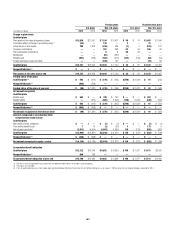 201
201 -
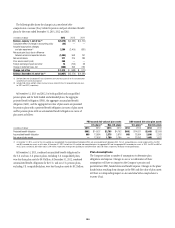 202
202 -
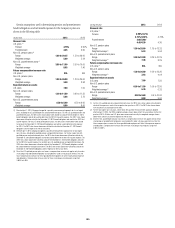 203
203 -
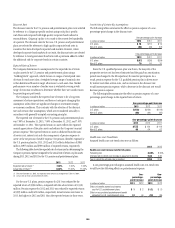 204
204 -
 205
205 -
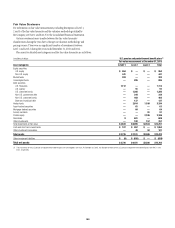 206
206 -
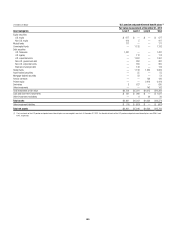 207
207 -
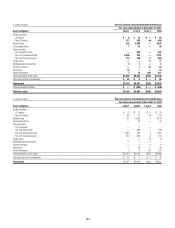 208
208 -
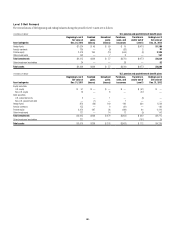 209
209 -
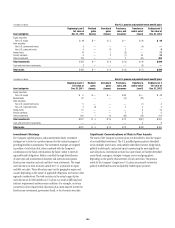 210
210 -
 211
211 -
 212
212 -
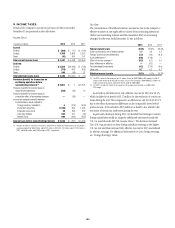 213
213 -
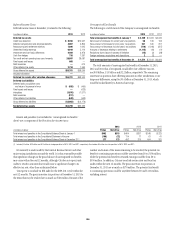 214
214 -
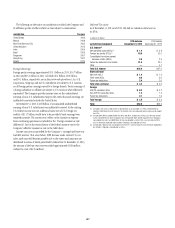 215
215 -
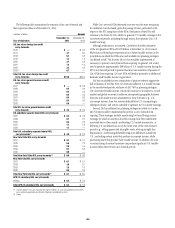 216
216 -
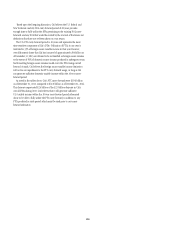 217
217 -
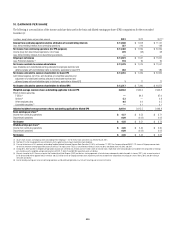 218
218 -
 219
219 -
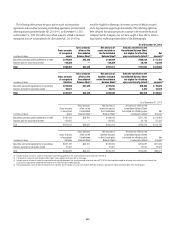 220
220 -
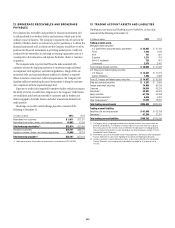 221
221 -
 222
222 -
 223
223 -
 224
224 -
 225
225 -
 226
226 -
 227
227 -
 228
228 -
 229
229 -
 230
230 -
 231
231 -
 232
232 -
 233
233 -
 234
234 -
 235
235 -
 236
236 -
 237
237 -
 238
238 -
 239
239 -
 240
240 -
 241
241 -
 242
242 -
 243
243 -
 244
244 -
 245
245 -
 246
246 -
 247
247 -
 248
248 -
 249
249 -
 250
250 -
 251
251 -
 252
252 -
 253
253 -
 254
254 -
 255
255 -
 256
256 -
 257
257 -
 258
258 -
 259
259 -
 260
260 -
 261
261 -
 262
262 -
 263
263 -
 264
264 -
 265
265 -
 266
266 -
 267
267 -
 268
268 -
 269
269 -
 270
270 -
 271
271 -
 272
272 -
 273
273 -
 274
274 -
 275
275 -
 276
276 -
 277
277 -
 278
278 -
 279
279 -
 280
280 -
 281
281 -
 282
282 -
 283
283 -
 284
284 -
 285
285 -
 286
286 -
 287
287 -
 288
288 -
 289
289 -
 290
290 -
 291
291 -
 292
292 -
 293
293 -
 294
294 -
 295
295 -
 296
296 -
 297
297 -
 298
298 -
 299
299 -
 300
300 -
 301
301 -
 302
302 -
 303
303 -
 304
304 -
 305
305 -
 306
306 -
 307
307 -
 308
308 -
 309
309 -
 310
310 -
 311
311 -
 312
312 -
 313
313 -
 314
314 -
 315
315 -
 316
316 -
 317
317 -
 318
318 -
 319
319 -
 320
320 -
 321
321 -
 322
322 -
 323
323 -
 324
324 -
 325
325 -
 326
326 -
 327
327 -
 328
328 -
 329
329 -
 330
330 -
 331
331 -
 332
332 -
 333
333 -
 334
334 -
 335
335 -
 336
336 -
 337
337 -
 338
338 -
 339
339 -
 340
340 -
 341
341 -
 342
342
 |
 |
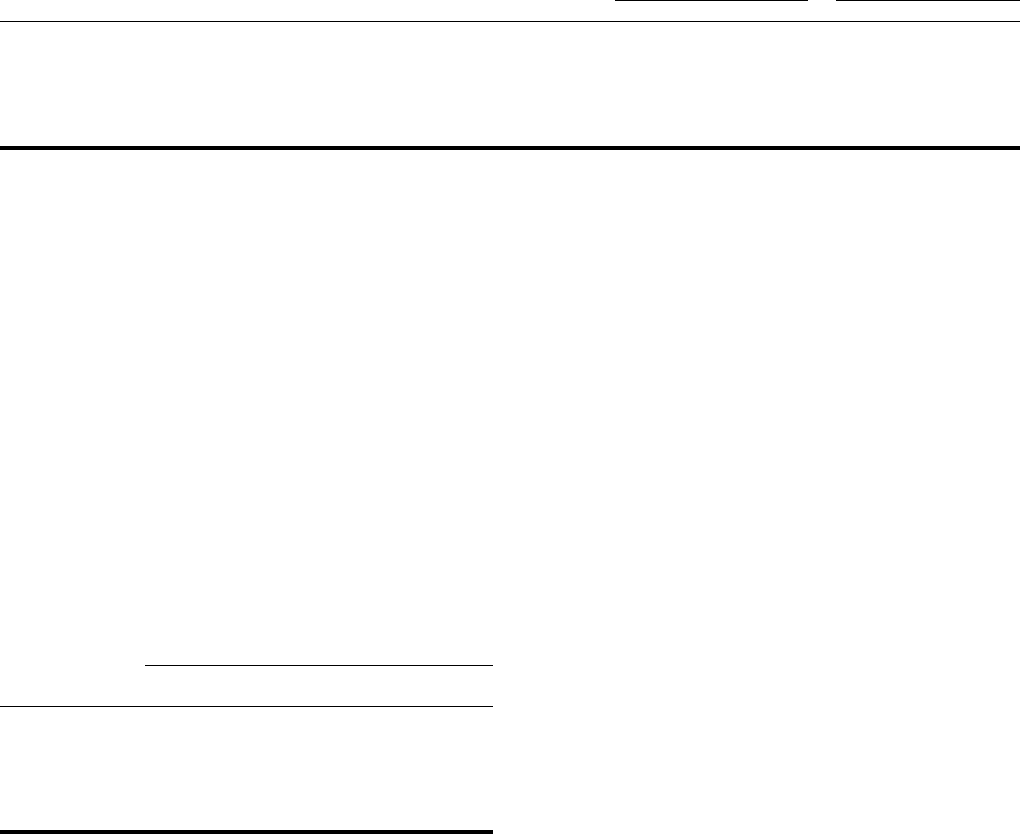
193
Oversight and Risk Management Practices
The framework for the Company’s pensions oversight process includes
monitoring of retirement plans by plan fiduciaries and/or management
at the global, regional or country level, as appropriate. Independent risk
management contributes to the risk oversight and monitoring for the
Company’s U.S. qualified pension plan and largest non-U.S. pension plans.
Although the specific components of the oversight process are tailored to the
requirements of each region, country and plan, the following elements are
common to the Company’s monitoring and risk management process:
• periodicasset/liabilitymanagementstudiesandstrategicasset
allocation reviews;
• periodic monitoring of funding levels and funding ratios;
• periodic monitoring of compliance with asset allocation guidelines;
• periodic monitoring of asset class and/or investment manager
performance against benchmarks; and
• periodic risk capital analysis and stress testing.
Estimated Future Benefit Payments
The Company expects to pay the following estimated benefit payments in future years:
Pension plans Postretirement benefit plans
In millions of dollars U.S. plans Non-U.S. plans U.S. plans Non-U.S. plans
2014 $ 804 $ 382 $ 79 $ 64
2015 828 359 76 69
2016 830 390 73 74
2017 842 411 70 80
2018 853 437 67 87
2019—2023 4,473 2,699 286 580
Prescription Drugs
In December 2003, the Medicare Prescription Drug Improvement and
Modernization Act of 2003 (Act of 2003) was enacted. The Act of 2003
established a prescription drug benefit under Medicare known as “Medicare
Part D,” and a federal subsidy to sponsors of U.S. retiree health care benefit
plans that provide a benefit that is at least actuarially equivalent to Medicare
Part D. The benefits provided to certain participants are at least actuarially
equivalent to Medicare Part D and, accordingly, the Company is entitled to
a subsidy.
The expected subsidy reduced the accumulated postretirement benefit
obligation (APBO) by approximately $4 million and $93 million as of
December 31, 2013 and 2012, respectively, and the postretirement expense
by approximately $3 million and $9 million for 2013 and 2012, respectively.
The reduction in the expected subsidy was due to the Company’s adoption of
the Employee Group Waiver Plan, as described below.
The following table shows the estimated future benefit payments
without the effect of the subsidy and the amounts of the expected subsidy in
future years:
Expected U.S.
postretirement benefit payments
In millions of dollars
Before Medicare
Part D subsidy
Medicare
Part D subsidy
After Medicare
Part D subsidy
2014 $ 79 $— $ 79
2015 76 — 76
2016 73 — 73
2017 70 — 70
2018 67 — 67
2019—2023 288 2 286
The Patient Protection and Affordable Care Act and the Health Care and
Education Reconciliation Act of 2010 (collectively, the Act of 2010) were
signed into law in the U.S. in March 2010. One provision that impacted
Citigroup was the elimination of the tax deductibility for benefits paid
that are related to the Medicare Part D subsidy, starting in 2013. Citigroup
was required to recognize the full accounting impact in 2010, the period
in which the Act of 2010 was signed. As a result, there was a $45 million
reduction in deferred tax assets with a corresponding charge to earnings from
continuing operations.
Certain provisions of the Act of 2010 improved the Medicare Part D option
known as the Employer Group Waiver Plan (EGWP) with respect to the
Medicare Part D subsidy. The EGWP provides prescription drug benefits that
are more cost effective for Medicare-eligible participants and large employers.
Effective April 1, 2013, the Company began sponsoring and implementing
an EGWP for eligible retirees. The expected Company subsidy received under
EGWP during 2013 was $10.5 million.
The other provisions of the Act of 2010 are not expected to have a
significant impact on Citigroup’s pension and postretirement plans.
